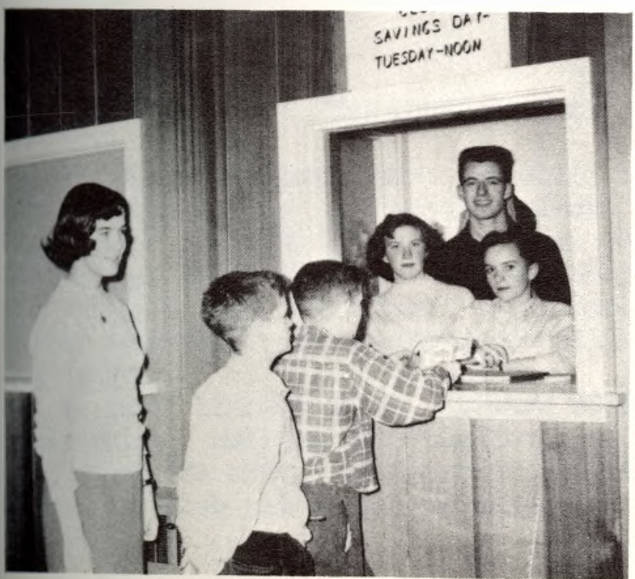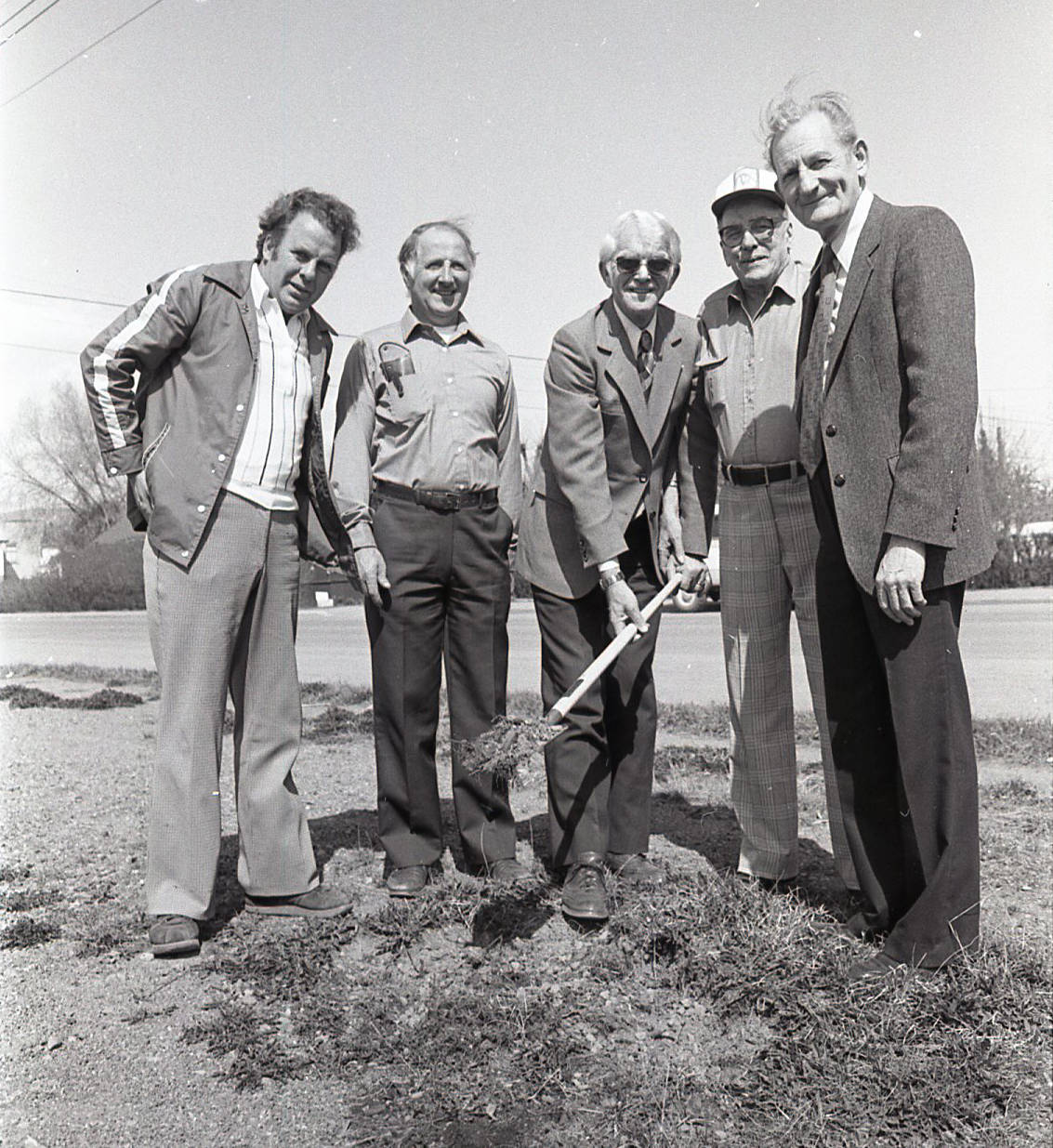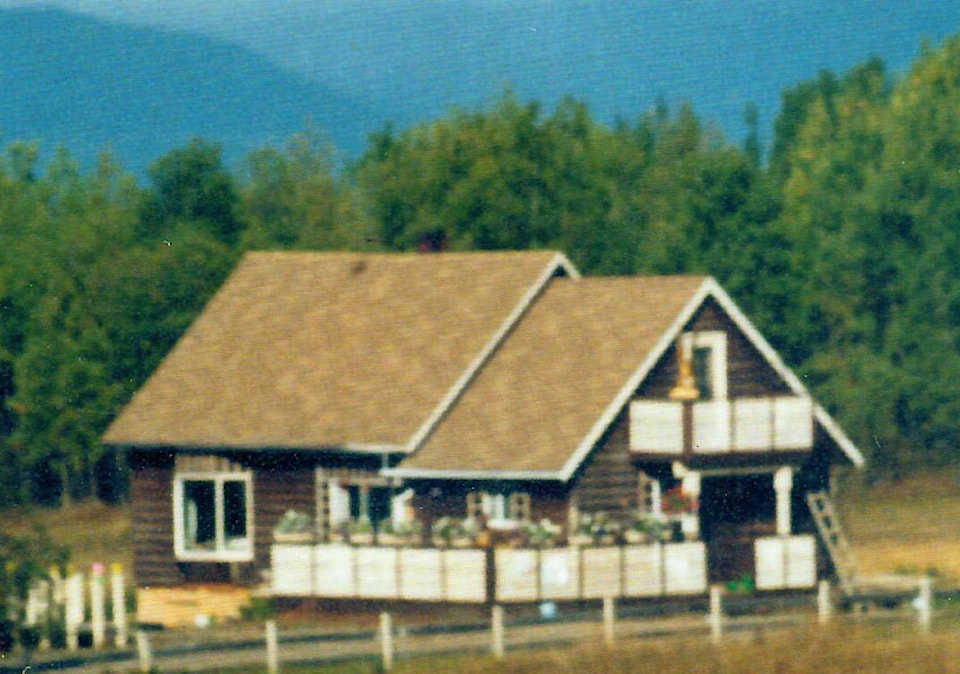“Credit Unions are like the crops from the fields and forests, given by nature; they bring into being something that was not there before. They create. They create Thrift and Saving amongst the people, and a Savings Account essential to a higher standard of living. But they can create something better than that; they create the desire and ability of the people to do something for themselves and their associates, and the realization that each one of them is an active part in the force that controls and governs their destinies. Credit Unions destroy apathy which is the opiate of Democracy.”
Those lofty sentiments were penned by British Columbia attorney general Gordon Sylvester Wismer and appeared as an advertisement promoting the formation of credit unions in the April 2, 1941 edition of The Interior News.
In 1941, in the midst of the Second World War and coming out of the Great Depression, B.C.’s credit union legislation was just two years old and the government of the day was keen to promote grassroots cooperatives such as credit unions.
At that time, a group of Bulkley Valley farmers, dissatisfied with the way the banks treated their credit needs, decided they needed a better way to finance their seasonal expenses such as seed for planting, haying and threshing costs, bailing wire and binding twine.
Less than two weeks after Wismer’s words appeared in this newspaper, 80 years ago on April 14, Ray Oulton called the first meeting of the Bulkley Valley Credit Union to order at a small, log farmhouse in Glentanna.
The membership fee was set at 25 cents, the number of directors at five, credit committee members at three and the interest rate on loans was set at one per cent per month. The Smithers branch of the Royal Bank was selected as the financial institution that would handle credit union funds.
Members numbered 14, a cooperative of neighbours helping neighbors.
That philosophy of people helping each other out endures to this day at BVCU, according to former chief executive officer (CEO) Dave Stene, even though the membership has grown from the original 14 to 14,000 in four communities from Burns Lake to the Hazeltons.
“I would say that’s the reason it is the size it is today,” he said. “One of the things the organization has done is it has always stayed true to its community roots and it was always set up to benefit its members. In no matter what policy, no matter what way we wanted to operate we always kept that as kind of the North Star of how we’re going to head.”
Jana Lukasek, the current CEO promoted from the ranks when Stene retired last year, draws a neat line from Depression-era sensibilities to those resurging during the current COVID-19 pandemic: self-sufficiency, food security, supporting local business and local people helping local people.
“We’re kind of the original shop local here,” she said.
“We’ve been in webinars right now and hear people in think tanks talk about how the pandemic has changed people’s perception and people are shopping local and buying meat from farmers and stuff like that. This is the time for credit unions to say, ‘hey, we’ve actually been doing this for 80 years’.”
Julie Huffman, Lukasek’s executive assistant, says the culture fosters community spirit, whether you come to the job with it or not.
“When I started, this was a job, that I needed and I knew it was credible and was a great place to work, but aside from that I wasn’t above and beyond volunteering or caring about the community (to the extent) I do now,” she said. “It’s definitely a drive into how much it means to support your community.”
Now counted among the 137 biggest credit unions in the country, BVCU has surpassed $500 million in assets.
Initially, it was a slow start, however. Originally membership was restricted to farmers, but was soon changed to “persons residing within the area drained by the Bulkley River.”
In 1954, The Interior News reported on a presentation made by co-founder Ray Oulton to the Junior Chamber of Commerce on the merits of credit unions.
“Growth of the Bulkley Valley Credit Union had been slow, he said, due to lack of publicity. The area taken in is from Hazelton to Houston. There are presently 136 members, he informed the Jaycees, with total assets of $18,000.”
The credit union continued to promote thrift and saving money, even extending services to youth. Oulton started a Savings Club at the public secondary school (then called Smithers High School) during the 1950s.
The early business of the credit union was conducted through other businesses. For example, in 1945, Roy Calderwood became an agent and Smithers BVCU transactions were carried out through his real estate office.
Throughout the 1950s and 1960s, the credit union grew steadily, but incrementally, both in terms of membership and assets and they moved into a new headquarters in Smithers on Second Ave (now the Grendel Group offices).
And they added new services such as term deposits, mortgages, savings accounts and a bursary program for School District 54 students.
Then came the 1970s and 1980s. Where the 1940s and 1950s had been formative years for the credit union movement and they tended to be small local institutions specializing in specific services (i.e., agricultural loans), the 1970s saw many of them evolve into full-service financial institutions in their own right.
“Credit unions participated in, and contributed significantly to, the prosperity many Canadians enjoyed,” wrote Ian McPherson, a University of Victoria history professor emeritus. “While still strong among many people with lesser incomes, they began to serve more members of the middle class, leading to significant member and leadership changes. Credit unions became particularly important in providing mortgages on favourable terms through flexible repayment programmes and less costly interest charges (for example, by charging interest on diminishing balances). Some of them specialized in automobile and mortgage lending. Some credit unions led the banking industry in welcoming women as members/customers and in lending to them “on their own right,” i.e., not requiring the guarantee of their spouses or other family members, as was common practice in financial institutions.”
By 1977, BVCU had outgrown the small building on Second and the board started discussing purchasing or building a new headquarters.
Three years later the decision had been made to build anew and land was purchased at the corner of Queen Street and First Avenue from Frontier Chrysler, which was moving to its new highway location.
In keeping with the support local theme, the $429,965 construction contract was awarded to Vandergaag & Sons.
In addition to the new headquarters opening in September of 1983, the 1980s saw dramatic changes. Record-keeping went from manual to computers and the credit union installed its first automated banking machine (ABM). By the mid-1980s, the CU was offering a Mastercard credit card and was taking steps toward becoming a Canadian Mortgage and Housing Corporation official lender.
It also continued expanding its charitable contributions to the community, for example, sponsorships of the Smithers Soccer School and minor hockey.
Expansion continued apace in the 1990s including the renovations that added the second floor to the main branch in Smithers, mergers with the Houston and District Credit Union and Lakes District Credit Union and opening the branch in Hazelton.
The BVCU also started its “pie social,” an annual event during which the members receive pies as an anniversary celebration. Of course, this year, it will be cancelled due to COVID-19.
The 2000s saw even more expansion with the purchase of Pioneer Agencies, which became Bulkley Valley Insurance Services, completing BVCU’s rise to full-service financial institution providing all four pillars of the industry: banking, trust, securities and insurance.
Unlike the big banks though, every penny the credit union earns goes back into the communities, Lukasek said. Four per cent comes right off the top of the budget to support community organizations, projects and events.
To celebrate its 80th anniversary, in addition to the four per cent already earmarked for a list of not-for-profit beneficiaries that has grown to a point it could fill this entire page, BVCU is putting up $80,000 for legacy projects, $20,000 per community.
Any organization or individual in the Hazeltons, Smithers, Houston or Burns Lake with a project that will make a lasting contribution to the community is invited to apply by May 28. A simple application is available on the credit union’s website.


